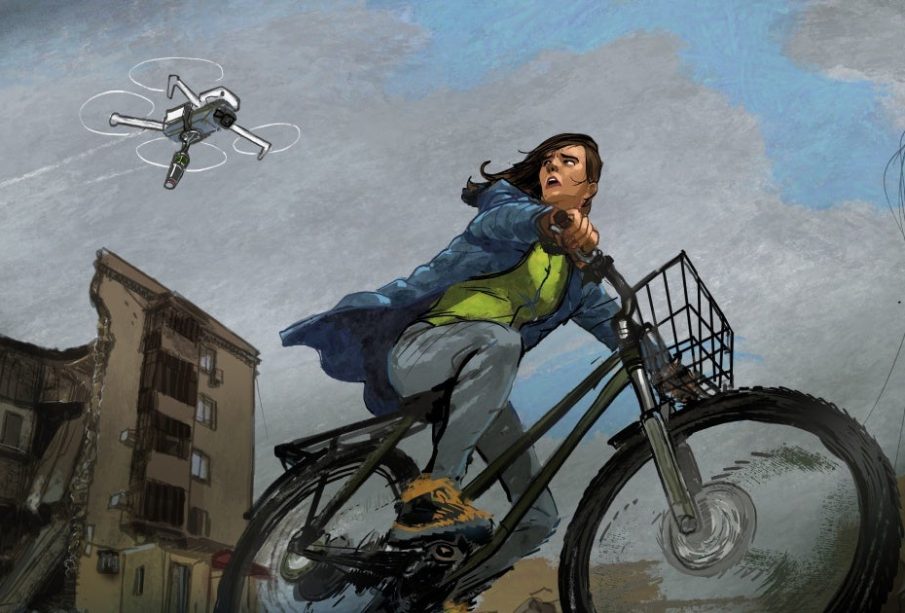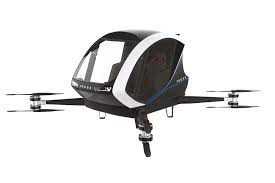The Role of Drones in the Ukraine Conflict

Introduction
Drones have transformed modern warfare, becoming an essential tool in military strategies worldwide. In the context of the ongoing conflict in Ukraine, these unmanned aerial vehicles (UAVs) have played a pivotal role, not only in surveillance but also in combat operations. As the war continues into its second year, the use and development of drones are reshaping the battlefield, presenting new challenges and opportunities for both military and civilian applications.
The Emergence of Drone Warfare in Ukraine
The importance of drones in the Ukraine conflict has escalated dramatically since the Russian invasion began in February 2022. Both Ukrainian and Russian forces have deployed drones for various purposes, including reconnaissance, targeting, and combat operations. Ukraine has significantly invested in drone technology, enhancing its capabilities to contest and counteract Russian advances.
Ukrainian forces have employed locally produced drones, such as the Bayraktar TB2, known for its precision strikes and real-time intelligence gathering. In tandem with Western support, which includes both tactical advice and supplies of advanced drone systems, Ukraine has turned the tide in several areas, demonstrating effective asymmetric warfare tactics.
Recent Developments and Strategies
In recent months, the integration of drone technology into Ukraine’s military strategy has been marked by innovative tactics. The use of swarm drone units, which allow for coordinated multiple-target attacks, has been highlighted as a significant advancement. These units can overwhelm enemy defenses, making it difficult for conventional forces to respond effectively.
Additionally, intelligence gathered through drone surveillance has provided Ukrainian forces with critical information regarding enemy movements, thereby improving strategic decision-making on the ground. This has resulted in successful operations aimed at disrupting supply lines and targeting key military installations.
Challenges and Ethical Considerations
While the advancements in drone technology offer tactical advantages, they are not without challenges and ethical implications. Concerns surrounding civilian casualties, escalation of the conflict, and the long-term ramifications of drone warfare are being debated globally. The ease of deploying drones could lead to their proliferation in less regulated environments, potentially increasing the frequency and intensity of conflicts.
Conclusion
The use of drones in the Ukraine conflict underscores a significant evolution in contemporary warfare. As both sides continue to leverage drone capabilities, their effects on military strategy, civilian safety, and international relations will continue to grow. Future conflicts may similarly see the increased use of UAVs, necessitating discussions around regulation and ethical deployment. For observers and policymakers, understanding the trajectory of drone warfare in Ukraine is vital as it sets precedents that may influence global military strategies for years to come.







